Radio Endo - educational radiology tool
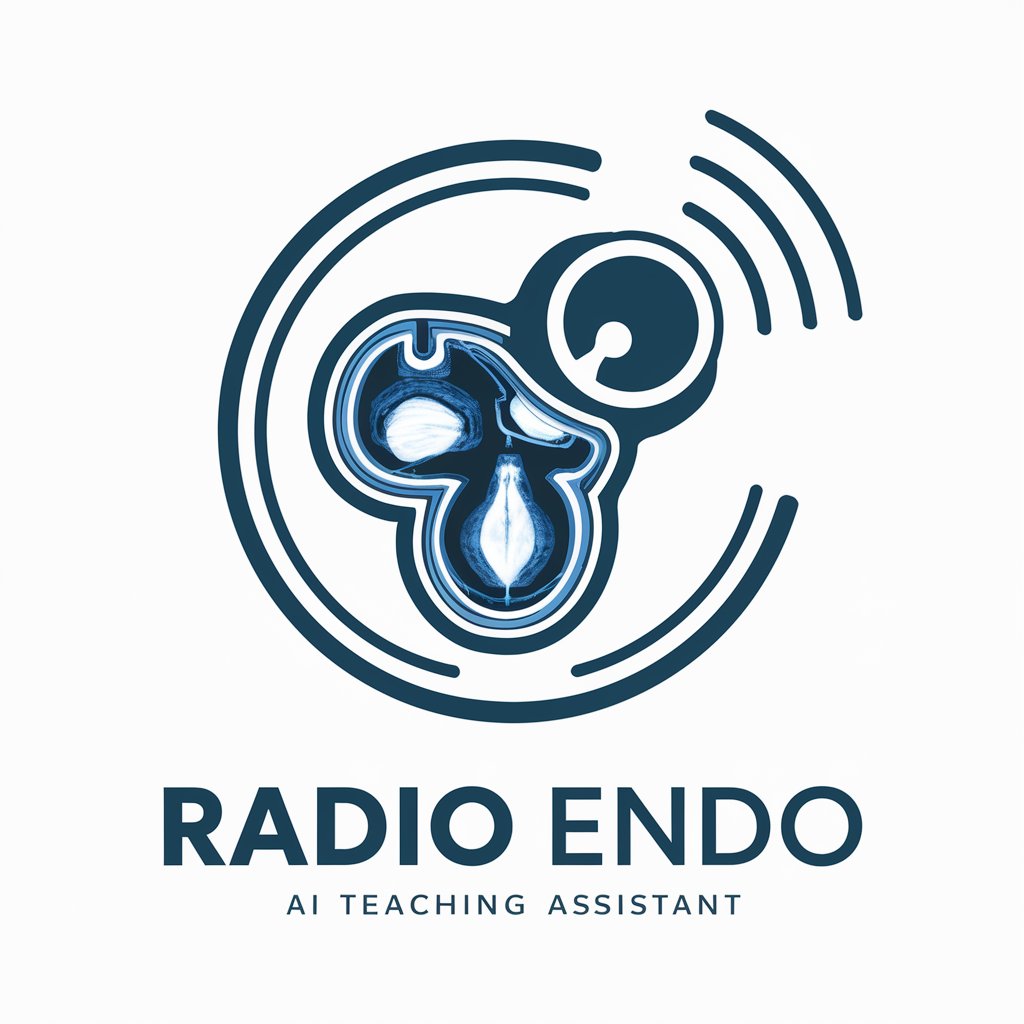
Welcome to Radio Endo, your guide to mastering endocrine radiology!
Powering Radiology Education with AI
Explain the role of MRI in endocrine system imaging.
What are the key features of a benign thyroid nodule on ultrasound?
How does CT imaging help in diagnosing adrenal gland pathologies?
Describe the advantages of using MRI over CT for hypothalamic and pituitary imaging.
Get Embed Code
Introduction to Radio Endo
Radio Endo is a specialized gizmo designed to assist in teaching medical students by offering detailed and clear explanations on medical topics. It is tailored to provide comprehensive information, ensuring understandability and relevance to medical education. Examples of its use include clarifying complex concepts in endocrinology, interpreting radiological findings, and explaining the implications of different diagnostic imaging techniques. For instance, Radio Endo can guide a student through understanding MRI images of the pituitary gland, detailing how various abnormalities might appear and their clinical relevance. Powered by ChatGPT-4o。

Main Functions of Radio Endo
Educational Assistance
Example
Explaining the radiological examination of the endocrine system, like distinguishing between hyperechoic and hypoechogenic areas in thyroid ultrasonography.
Scenario
A medical student struggles to understand the differences in imaging results for thyroid nodules. Radio Endo explains the significance of echogenicity and how it helps in diagnosing various thyroid conditions.
Clarification of Complex Topics
Example
Describing the use of different imaging modalities (CT, MRI, Ultrasound) in diagnosing endocrine disorders.
Scenario
During a study session on endocrine pathologies, a student is confused about when to use CT versus MRI for adrenal gland imaging. Radio Endo provides a detailed comparison, including the advantages of each based on the scenario (e.g., size and nature of lesions).
Interactive Learning Support
Example
Interactive Q&A sessions on topics like the implications of pituitary adenomas or the significance of 'salt and pepper' appearance in skull X-rays.
Scenario
A group of students preparing for exams needs to review the significance of specific radiological signs in diagnosing parathyroid diseases. Radio Endo engages them in an interactive discussion, testing their knowledge and providing immediate feedback.
Ideal Users of Radio Endo
Medical Students
Students in medical school who require a deeper understanding of radiological imaging as it applies to various medical disciplines, especially in understanding complex anatomical and pathological concepts.
Radiology Residents
Residents focusing on radiology who need to frequently consult detailed and accurate explanations and visual interpretations of imaging related to endocrine and other systems.

How to Use Radio Endo
Step 1
Visit yeschat.ai for a free trial without requiring login or ChatGPT Plus subscription.
Step 2
Select the 'Radio Endo' option from the available tools to start your session focused on radiological examination.
Step 3
Upload or access medical images directly within the platform to analyze endocrine system pathologies.
Step 4
Utilize the interactive Q&A feature to ask specific questions related to radiological findings and receive detailed explanations.
Step 5
Review the educational content and tutorials provided within Radio Endo to enhance learning and ensure proper usage of radiological tools.
Try other advanced and practical GPTs
Radio Shack
Bringing Vintage Tech to Life

AI Profile Picture
Craft Your Perfect AI-Generated Avatar

Picture Framer
AI-powered Personal Framing Consultant

Picture Perfect
Capture the world, AI-powered.

Ricezione Ordini
Streamline ordering with AI-powered efficiency

GestureTech Guide
Revolutionizing Interaction with AI-Powered Gesture Recognition
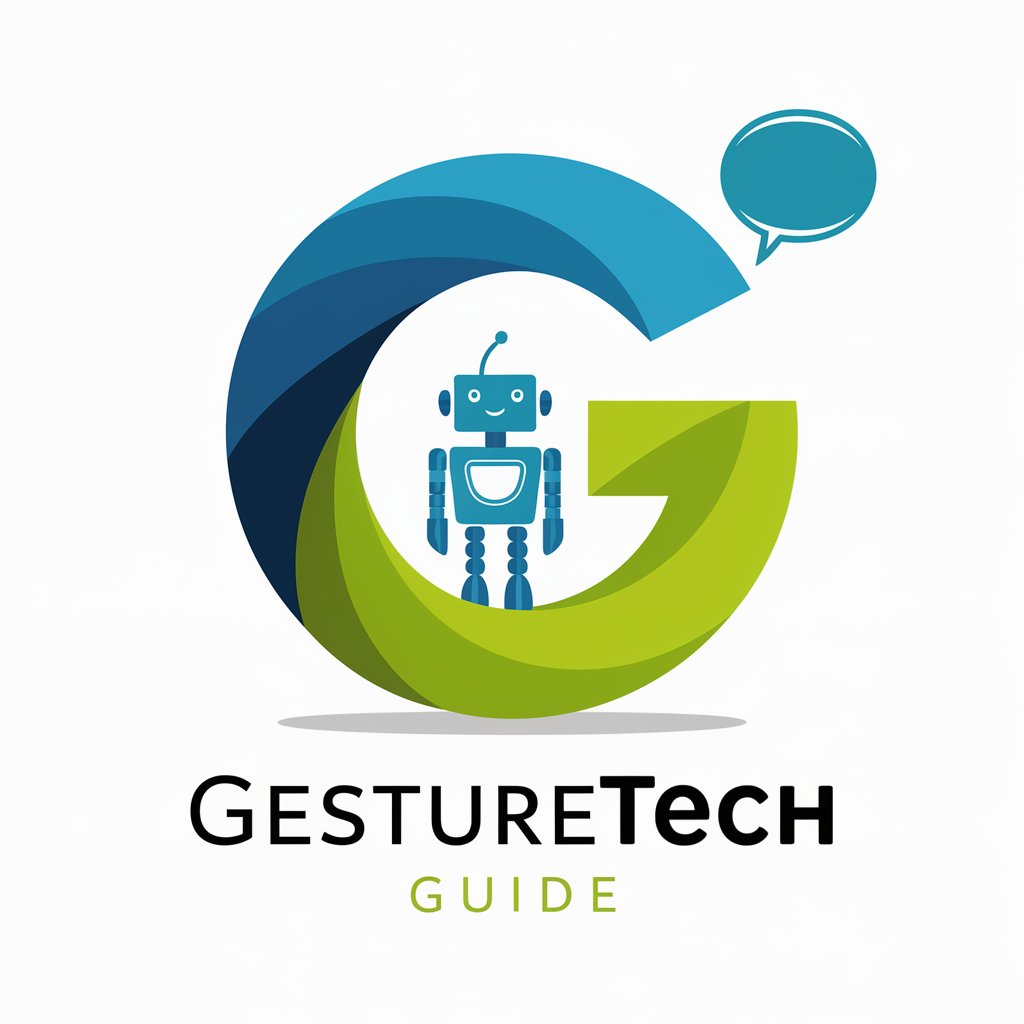
Radio Preacher
Explore Christian theology with AI

Radio Helper
Elevate Your Airwaves with AI
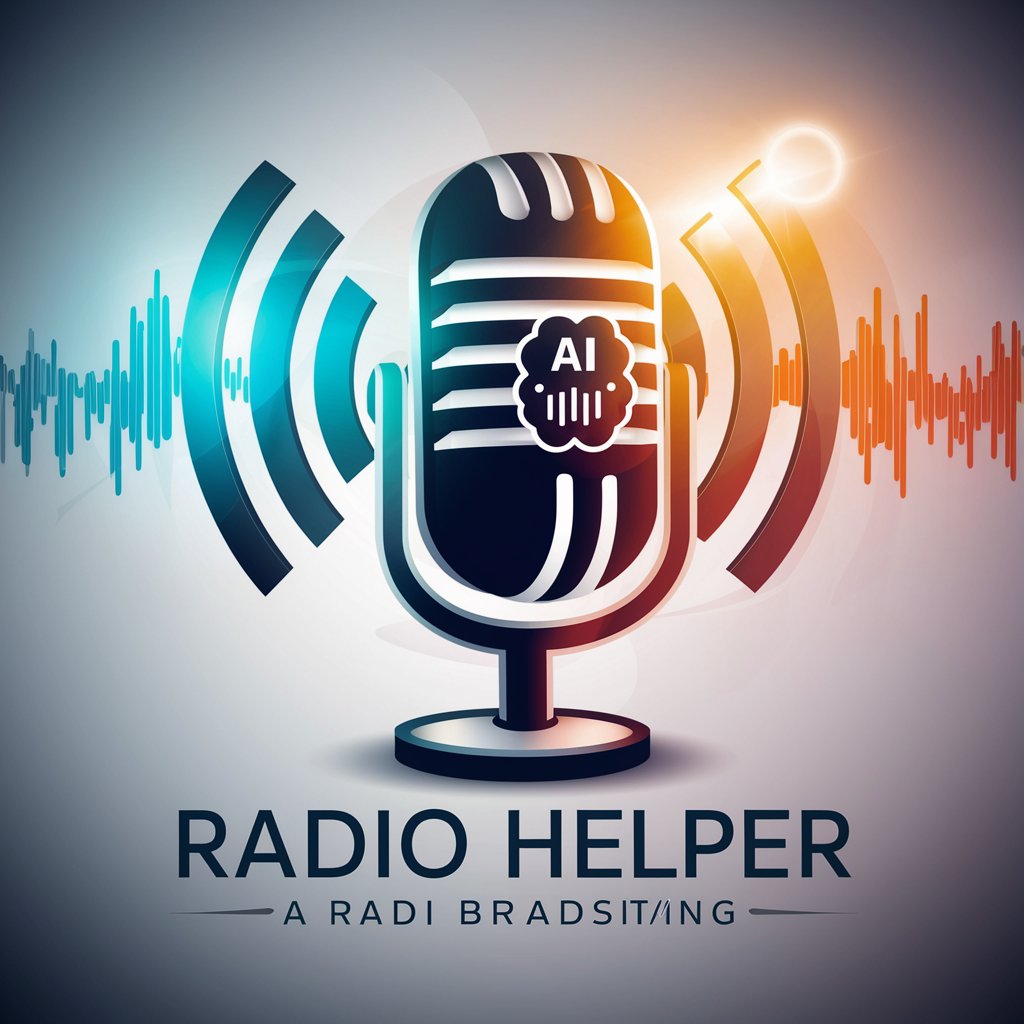
Radio Murakami
Explore Murakami's Universe with AI

Radio Mentor
Master Ham Radio with AI
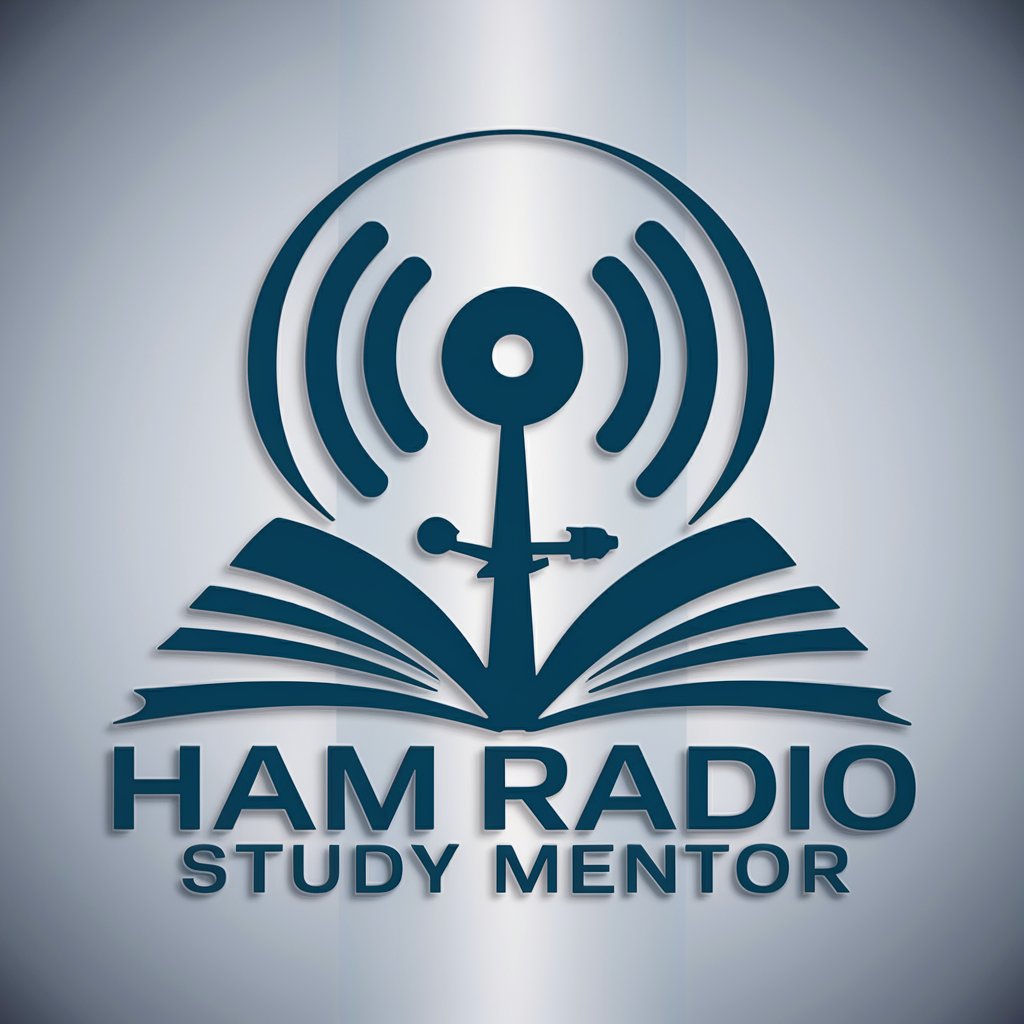
Ham Radio
Connect globally, experiment, and serve with Ham Radio.
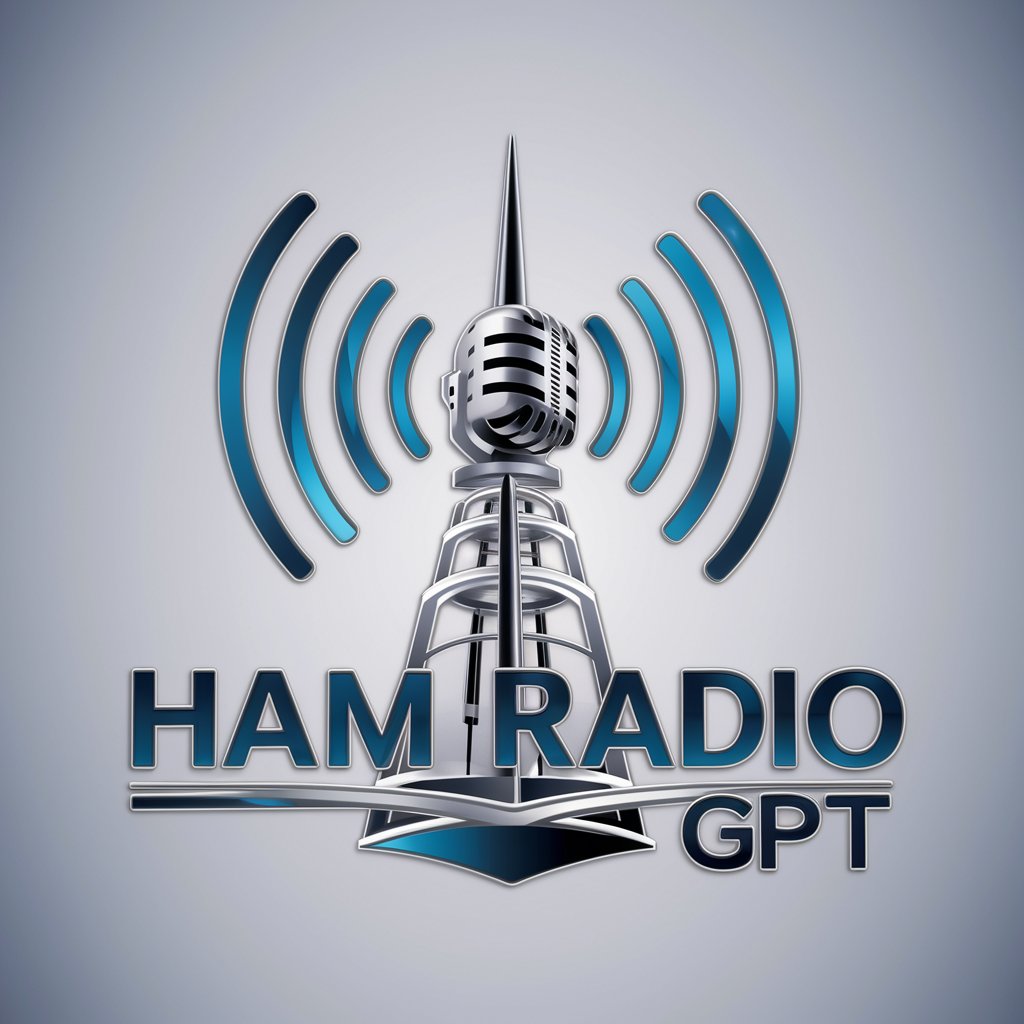
TuneHerb Radio
Energizing Music Events with AI Creativity

Frequently Asked Questions About Radio Endo
What is the primary purpose of Radio Endo?
Radio Endo is designed to assist medical students and professionals in understanding and interpreting radiological examinations of the endocrine system, enhancing both learning and diagnostic skills.
Can Radio Endo be used for diagnosing patients?
Radio Endo is primarily an educational tool and should not be used for clinical diagnosis without professional supervision. It aids in learning and simulation of case studies.
Does Radio Endo support all types of radiological imaging?
Radio Endo focuses on the key imaging modalities relevant to the endocrine system, including MRI, CT scans, and ultrasound, providing detailed analysis of each.
How can Radio Endo enhance my learning as a medical student?
By providing access to a vast database of imaging examples, detailed explanations, and interactive Q&A, Radio Endo helps deepen understanding of complex radiological findings related to endocrinology.
Is there a community or support system integrated within Radio Endo?
Yes, Radio Endo includes access to a community forum where users can discuss radiological images, share insights, and seek guidance from peers and experts in the field.
